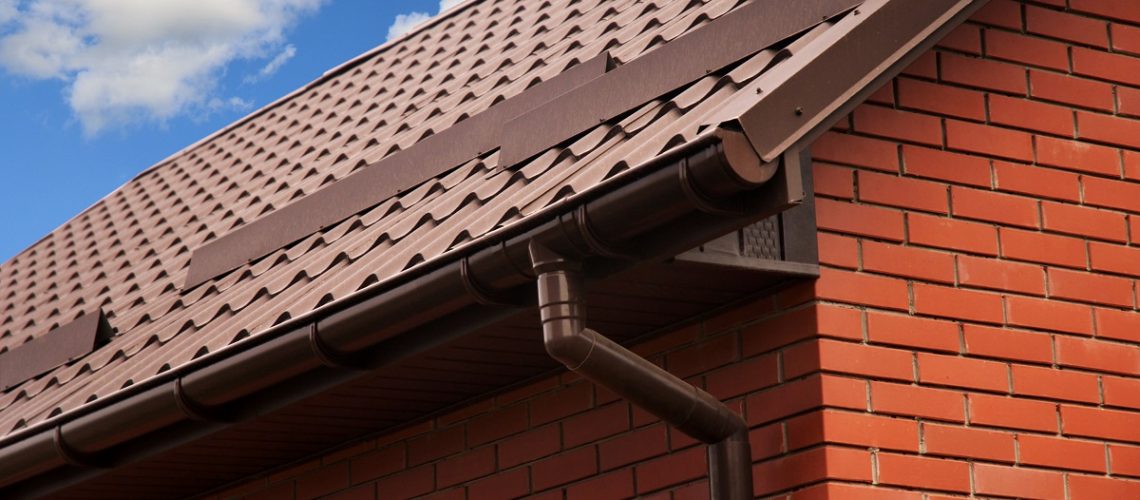In scorching temperatures, stormy conditions or winter, you expect your roof to provide sufficient protection. If the roof system is poorly designed or weak, some of these issues can render it useless. Building codes were made to provide guidance for reliable design and installation. But before you even go to the codes, it is important to know the different components of the roof. If an emergency repair requirement occurs, you can always know where to start if you have some knowledge about the parts. If you have a sloped roof (whether slight or steep), it presumably contains a number of layers of covers and structural components. Each of these components plays a big part in the overall performance of the roof as explained next.
Support Structure Holds Everything Together
The support structure of the roof or roof frame consists of decking, joists, rafters and trusses. When the builders are installing the roof, they put this part of the roof up first. The rest of the roof is placed on this foundation. The decking (a sheet of wood) is placed on the skeleton and forms the basis for other components. Decking is mostly plywood, but other materials can also be used.
Insulation Choice Matters
Extreme temperatures occur in Salt Lake City- hot, hot, hot summers and bone-chilling winters. Insulation is your best protection against these tough conditions. You can install insulation in three different ways: above, below, and above & below the roof. Each of these applications has their own benefits. For instance, insulation that is above the roof suits timber houses. The aim of this type of insulation is to discourage thermal bridging.
Roofing Material- More Than Just Visual Appeal
The roofing material sits atop the rest of the assembly. It is the most visible and exposed component, so it determines the durability and visual appeal of the roof. Your choice of roofing material also affects cooling/heating characteristics and water quality. Many aspects of the roof help select roofing material, but the critical ones are roof pitch and capacity. If you are unsure of these elements of the roof, a structural engineer can help. To summarize this point, zinc and copper are toxic to many organisms. Galvanized steel roofs release zinc into the environment. Avoid such options and go for the best roofing materials that include concrete tiles, rubber shingles and wood shingles.

Gutters and Downspouts – Proper Installation Pays
Whenever they are performing rain gutter cleanout in Salt Lake City, professionals discover all manner of errors related to roof design and installation. Gutters and downspouts are some of the most affected roof parts. Good gutters should be water tight, durable and environmentally friendly. If you still have galvanized rain gutters, consider recycling them for the reason named above. PVC (polyvinylchloride) downspouts are also undesirable because they contain toxins that can harm marine life. Use a material such as aluminum for your gutters and insist on designs that minimize clogging.
Underlayment for Durability
For a durable roofing system, you need to include an underlayment section. This layer of fabric is excellent in fire resistance, coverage of shingles from resins, and water sealing. Nowadays, synthetic underlayment has entered the market, but the older asphalt-saturated felt is still popular.
Conclusion
A roof that protects the occupants, lasts for many years, and adds curb appeal is a combination of many elements. It does not even have to be pricey. If you want to get the best results, hire an experienced roofer and use approved roofing materials.

